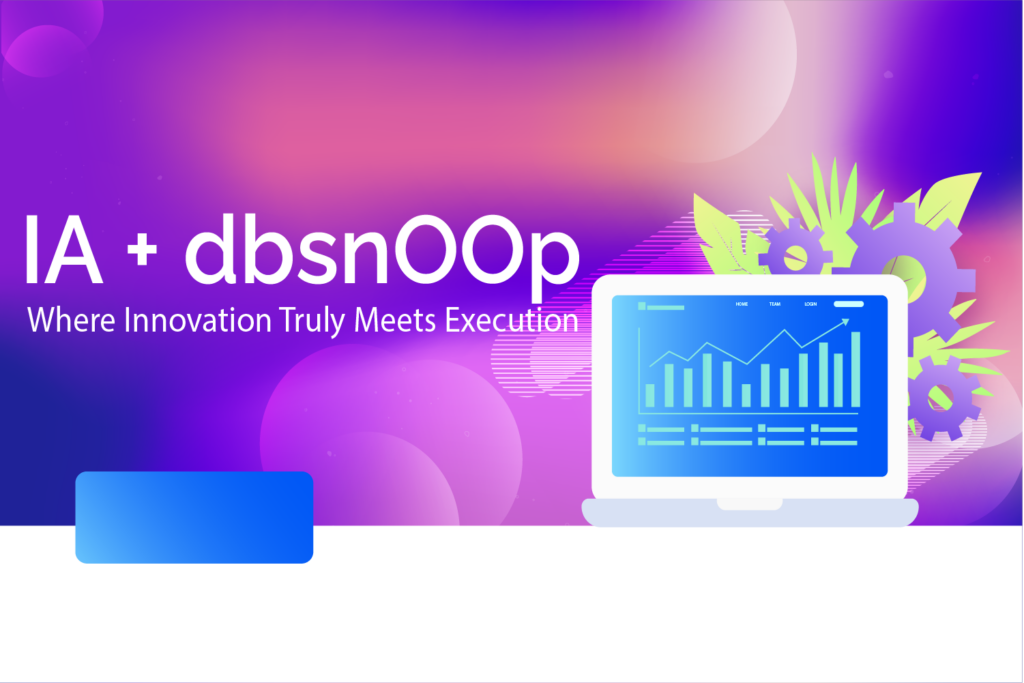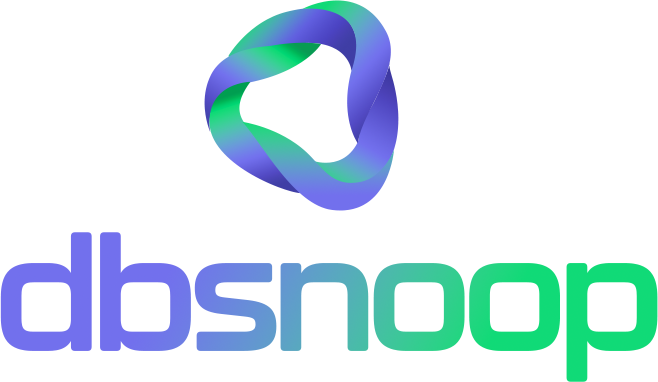

Your Data Science team has just delivered the “future of the company”: a real-time AI recommendation model. Your responsibility, as an SRE or DBA, is to deploy it to production. You analyze the queries needed to feed the model, and a cold sweat begins to form. They are complex JOINs across multiple tables, designed to be executed hundreds of times per second, directly on the main database that also processes all customer transactions.
Immediately, the conflict materializes: on one hand, the pressure to enable the innovation that promises to revolutionize the business. On the other, the responsibility to protect the stability and SLOs of the system that already generates revenue. You are trapped between being the hero of innovation and the guardian of stability.
What if there was a way to defuse this time bomb? What if you could translate the abstract impact of the “AI model” into concrete metrics of I/O, lock contention, and execution plans before it brought down production? It is precisely this bridge between the promise of innovation and the reality of execution that defines the success or failure of an AI project. Innovation is worthless if it cannot be executed reliably.
The Invisible Conflict: Why AI Innovation Breaks Production Stability
The biggest challenge in deploying AI is not technical; it is cultural and organizational. The Data Science and Operations (DevOps/SRE/DBA) teams operate with fundamentally different objectives, and the database is the battleground where these objectives collide.
The Data Science Perspective: Focus on Accuracy and Features
For a data scientist, success is measured by the model’s accuracy. To achieve this accuracy, they need access to more data, more “features,” which translates into more complex queries. The development environment is optimized for this exploration: a static subset of data, no concurrent load, and dedicated resources. The query might take 500ms to run; in the lab, this is acceptable.
The SRE/DevOps Perspective: Focus on SLOs, Latency, and Reliability
For an SRE, success is measured by meeting Service Level Objectives (SLOs). A 500ms latency on a query in the main database is a catastrophe that can violate the SLO of the entire system. The priority is stability, predictability, and resilience. A new, “heavy” query is seen as a direct risk to the stability of the ecosystem they have sworn to protect.
The collision is inevitable. What is a “feature” for Data Science is a “high-risk workload” for Operations.
The Technical Chasm Between the Lab and the Real World
Beyond the conflict of objectives, there is a technical chasm that turns a functional AI model into a production nightmare.
From Static Batches to Real-Time Streams
In the lab, the AI is trained with a .csv file or a database snapshot. In production, it needs to handle a live, chaotic, and incessant stream of data. This not only increases the volume of reads but also creates contention with the write processes that are inserting this new data. The model tries to read the same row that a checkout process is trying to update, generating lock waits that paralyze both.
The Technical Debt of Proof-of-Concept (PoC) Queries
Many AI models start as Proofs of Concept. The queries are written quickly to validate a hypothesis, without a focus on optimization. They “work” for the demo. But when that query, which performs a full table scan on a customer table, is moved to production, it becomes a weapon of mass I/O destruction, degrading the performance of all other applications that depend on that database.

The Battle for Resources: When Inference Competes with Transaction
Your database has been meticulously tuned for one type of workload: short, fast transactions (OLTP). AI introduces a new pattern: long, complex analytical queries (OLAP-like). Running both patterns on the same system without careful management is like trying to run a marathon and a 100-meter sprint on the same track at the same time. Someone is going to trip.
Intelligent Execution: Using AI to Manage AI’s Infrastructure
The answer to this chaos is not to block innovation. It’s to illuminate the battlefield with data. It’s to use the same level of intelligence that powers the business model to manage and optimize the infrastructure that supports it. This is where the intelligent observability of dbsnOOp becomes the cornerstone.
The Universal Translator: Decoding AI’s Impact on Infrastructure
dbsnOOp acts as the translator between teams. When Data Science delivers a new query, the platform can analyze it and predict its impact in terms that the SRE team understands: I/O cost, CPU usage, locking potential, and execution plan. The discussion shifts from “this seems risky” to “this query will generate 300% more logical reads; we need to create this index to mitigate the impact.”
dbsnOOp Predictive Performance Analysis: Seeing the Bottleneck Before It Happens
Instead of waiting for the system to go down to react, dbsnOOp’s AI monitors for subtle performance degradation. It can identify that an inference query, which was once fast, is getting progressively slower as the data volume grows. The alert arrives weeks before the problem becomes critical, giving the team time to optimize proactively.
AI-Guided Optimization: From Root Cause to Solution in Minutes
When a performance problem occurs, diagnosis time is crucial. dbsnOOp doesn’t just point out the symptom (“high disk latency”). It goes straight to the root cause, identifying the exact AI model query that is causing the contention. More than that, its AI analyzes the problem and recommends the most effective solution, whether it’s creating an index, rewriting a query, or adjusting a parameter.
Practical Scenario: Launching a Recommendation Engine on an E-commerce Site
Let’s make it tangible. A retailer decides to implement a “customers who bought this product also bought…” feature.
- The Challenge: For each product page, a query must be executed to find other products bought together in recent orders. It’s a query with JOINs between orders, order items, and products tables.
- The First Impact: The feature is launched. During the day, everything seems normal. At the evening’s peak access time, the entire site’s response time degrades. Worse: customers start complaining that the checkout process is freezing.
- The Diagnosis with dbsnOOp: In minutes, the platform reveals the culprit. The new recommendation query, being executed thousands of times, is causing lock waits on the orders table. The checkout process, which needs to write to this same table, gets stuck in a queue, waiting for the locks to be released. The system is cannibalizing itself.
- The Solution: dbsnOOp recommends creating a specific index for the recommendation query, which drastically reduces its execution time and the duration of the locks. Furthermore, the SRE team, using data from the platform, decides to move the query to a read replica of the database, completely isolating the AI workload from the transactional checkout load. Problem solved, innovation enabled, stability preserved.
Innovation cannot be an act of faith. For AI to generate sustainable value, it needs an equally sophisticated engineering execution. dbsnOOp provides this layer of intelligence, ensuring that the promise of AI doesn’t die on the shores of production.
Want to solve this challenge intelligently? Schedule a meeting with our specialist or watch a live demo!
Schedule a demo here.
Learn more about dbsnOOp!
Learn about database monitoring with advanced tools here.
Visit our YouTube channel to learn about the platform and watch tutorials.

Recommended Reading
- Banks and Fintechs: How AI Detects Fraud Before It Happens: This article illustrates a high-pressure AI scenario where execution must be flawless. It shows how the data infrastructure must support real-time algorithms, a direct parallel to the challenge of deploying any AI model into production without compromising the financial system’s stability.
- AI in Retail: How to Forecast Demand and Reduce Dead Stock: The innovation of AI, such as demand forecasting, only generates value if the rest of the system works. This post reinforces the main article’s theme: there is no point in predicting a sales peak if your forecasting model’s workload degrades the database to the point that the e-commerce system cannot process the orders.
- Industry 4.0 and AI: The Database Performance Challenge and the Importance of Observability: In industry, the failure of an AI system’s execution can stop an entire production line. This article is a perfect example of how observability is not a luxury, but a necessity to ensure that AI innovation translates into operational gains, rather than costly stoppages—a lesson directly applicable to any sector.

